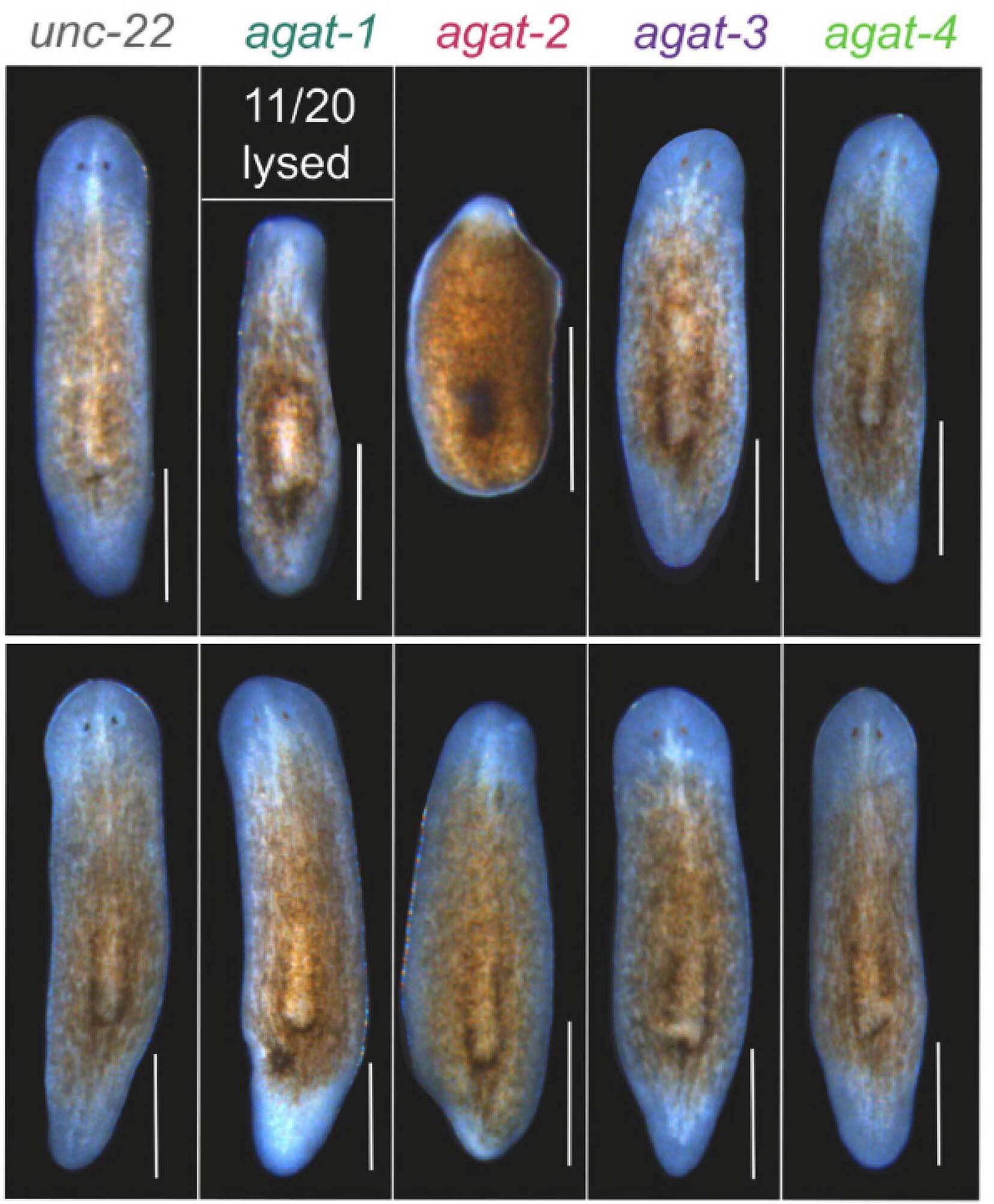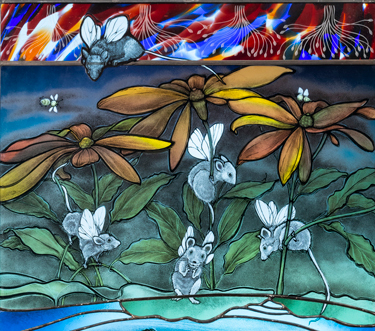The study used modern gene editing technologies, including CRISPR/CAS9, to replace the labial Hox gene in the fruit fly with the three related genes in the mouse—HOXA1, B1, and D1. The researchers found that replacing labial function with HOXA1 in fruit flies restores its original function, but B1 and D1 do not, suggesting that A1 retains an ancestral function, while B1 and D1 have diverged.
“In 600 million years of evolutionary time, only one gene has retained the ancestral activity,” says Narendra Pratap Singh, PhD, a senior research associate in the Krumlauf Lab and first author of the article. “The other genes evolved and have taken on a new function. This was a great surprise.”
The researchers pinpointed a six amino acid sequence critical for the ancestral function of A1, which is important for modulating interactions with other proteins. Also surprising was the fact that the sequence makes up only 2% of total amino acids in the protein, suggesting that tiny differences in certain key regions can have a big impact on protein function.
“Subtle and seemingly innocuous differences in protein sequence can profoundly impact the course of evolution,” says Stowers Investigator Kausik Si, PhD, an author on the study. “Also, in the evolution of protein function, we tend to focus on what is conserved. This study suggests we should start paying attention to small differences, because some of the most interesting biology is hidden in the tiny differences.”
In mice, HOXB1 appears to have evolved to have a new function in vertebrates to allow for greater diversity in facial expression and feeding behavior not found in invertebrates. Mutations in B1 in mice and humans affect facial morphology, neuronal development, and nerve function. In humans, mobius syndrome, a neurological condition that results in lack of facial expressions, is sometimes associated with B1 mutations.
The study builds on more than three decades of work on Hox genes, a family of “master planner” genes that control the layout of the developing embryo from head to tail. Krumlauf’s discovery that Hox genes are essentially the same in mice and fruit flies helped establish the idea that there is a common genetic tool kit and that many organisms have surprisingly similar genes. The lab’s comparative studies in mouse, chick, and zebrafish, and more recently sea lamprey, continue to provide critical information on how different species use the same genetic toolkit to form diverse structures. Hox transcription factors are well-suited for investigations into gene duplication and divergence because of their expansion from invertebrates to mammals.
The work paves the way for additional studies on the evolution of protein activity as well as further exploration into the role of conserved toolkit genes following gene duplication and divergence.
“I think we are poised to exploit the emerging strengths of structural biology, functional analyses, and genome engineering,” Krumlauf says. “We can really ask, ‘Is this role preserved in other invertebrates? Is this gene or protein really doing the same thing or has it evolved completely new functions?’ I think there’s a new era of analysis now feasible because of the power of gene editing.”
Additional contributors to the study include Bony De Kumar, PhD, Ariel Paulson, Mark E. Parrish, PhD, Ying Zhang, PhD, Laurence Florens, PhD, and Joan Conaway, PhD. This work was funded by the Stowers Institute for Medical Research.
Lay Summary of Findings
In a new study, researchers at the Stowers Institute for Medical Research have identified tiny differences in a key protein sequence that can have an important impact on how species evolve. The breakthrough discovery, detailed in an article published online November 12, 2020, in Genes and Development, sheds light on the evolution of the gene regulatory networks that drive diversity among organisms.
The study from the laboratory of Robb Krumlauf, PhD, used modern gene editing technologies to replace the labial Hox gene in the fruit fly with the three related genes in the mouse—HOXA1, B1, and D1. The researchers found replacing labial function with HOXA1 in fruit flies restores its original function, but B1 and D1 do not, suggesting that A1 retains an ancestral function that has survived 600 million years of evolution, while B1 and D1 have diverged. The researchers pinpointed a six amino acid sequence critical for the ancestral function of A1, which is important for modulating interactions with other proteins. The work paves the way for additional studies on the evolution of protein activity as well as further exploration into the role of toolkit genes in gene duplication and divergence.
About the Stowers Institute for Medical Research
The Stowers Institute for Medical Research is a non-profit, basic biomedical research organization dedicated to basic research – the critical first step in the quest for new medical diagnostics, therapies and treatments. Jim Stowers, founder of American Century Investments, and his wife, Virginia, opened the Institute in 2000. Since then, the Institute has spent over one billion dollars in pursuit of its mission.
Currently, the Institute is home to about 500 researchers and support personnel, over 20 independent research programs, and more than a dozen technology development and core facilities. Learn more about the Institute at www.stowers.org and about its graduate program at www.stowers.org/gradschool.





